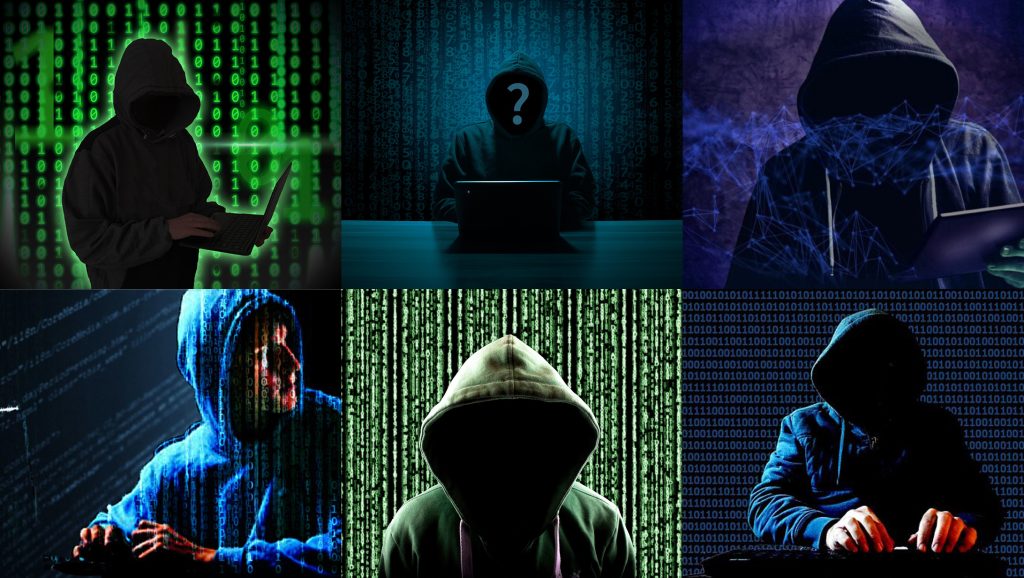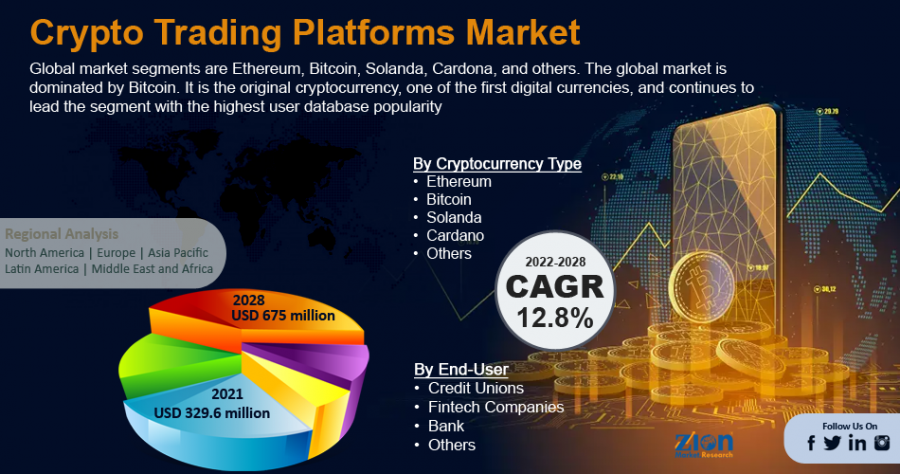The hooded man at the computer: What are cyber images telling us?
Have you read an article about cyber this year? Perhaps it was about the taking down of Ukrainian government websites at the beginning of Russia’s invasion or the Conti ransomware attack on Costa Rica that led the government to declare a national emergency. Do you remember what image accompanied the article? And more importantly, do you think the image effectively communicated what the article was about?
Back in the mid-2010s, I worked at a think tank that was looking into new ways of warfare, such as the use of drones and cyber attacks. When trying to find images to accompany reports or articles on the topic of cyber, I encountered a problem. Online image searches pulled up image upon image that all looked the same: rows of 1’s and 0’s raining down in green and blue, a padlock, a close-up of a keyboard, or a hooded man in front of a computer. Fast forward to 2022, the ELN’s nuclear and new tech project is exploring the impact of new technologies on nuclear decision-making, and the same problem persists. While the importance of new technologies for conflict and international security has only grown in the past decade, the images used to represent them have remained static, and this hampers our ability to understand these issues and imagine the effects they may have on our future.
While the importance of new technologies for conflict and security has only grown in the past decade, the images used to represent them have remained static.
Esther Kersley
One new technology that is having a significant impact on international relations, and has received growing attention in the media, is cyber. From the 2007 ‘Nashi’ attack on the Estonian government, the 2010 ‘Stuxnet’ attack targeting Iran’s nuclear program, to Edward Snowdon’s NSA data heist in 2013 and Russia’s attack on the 2016 US presidential election, cyberspace has been described as “a global battlefield of the 21st century”. For the past few years, it has been high up on the US’s official list of national security threats, and tops the list of most European states, including the UK.
Despite its growing importance, cyber (like other new technologies) is complex and intangible and remains poorly…


